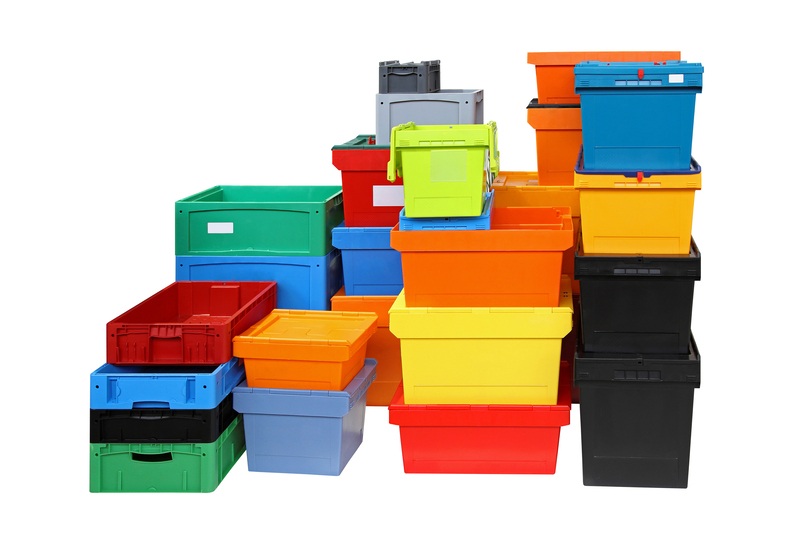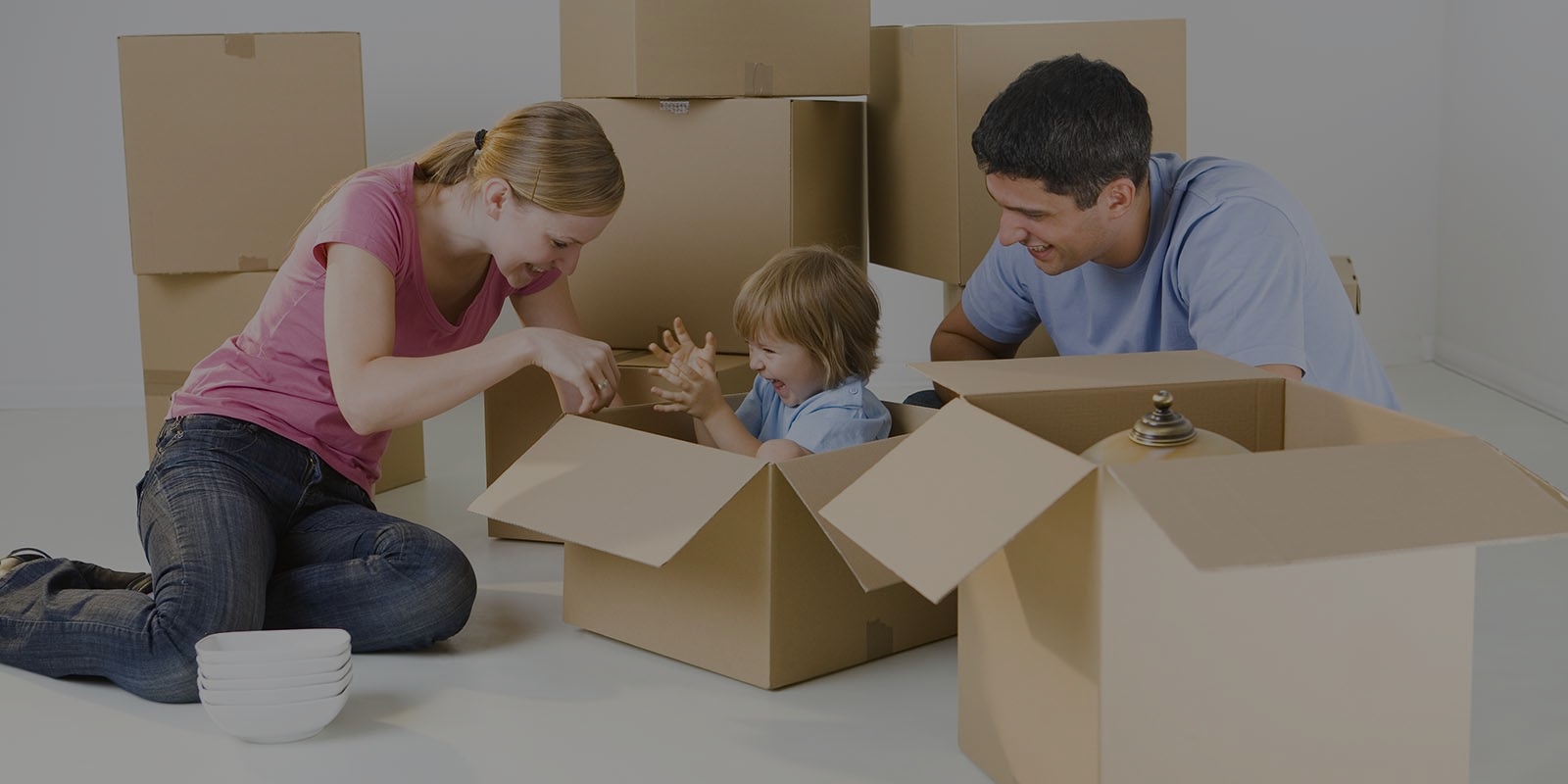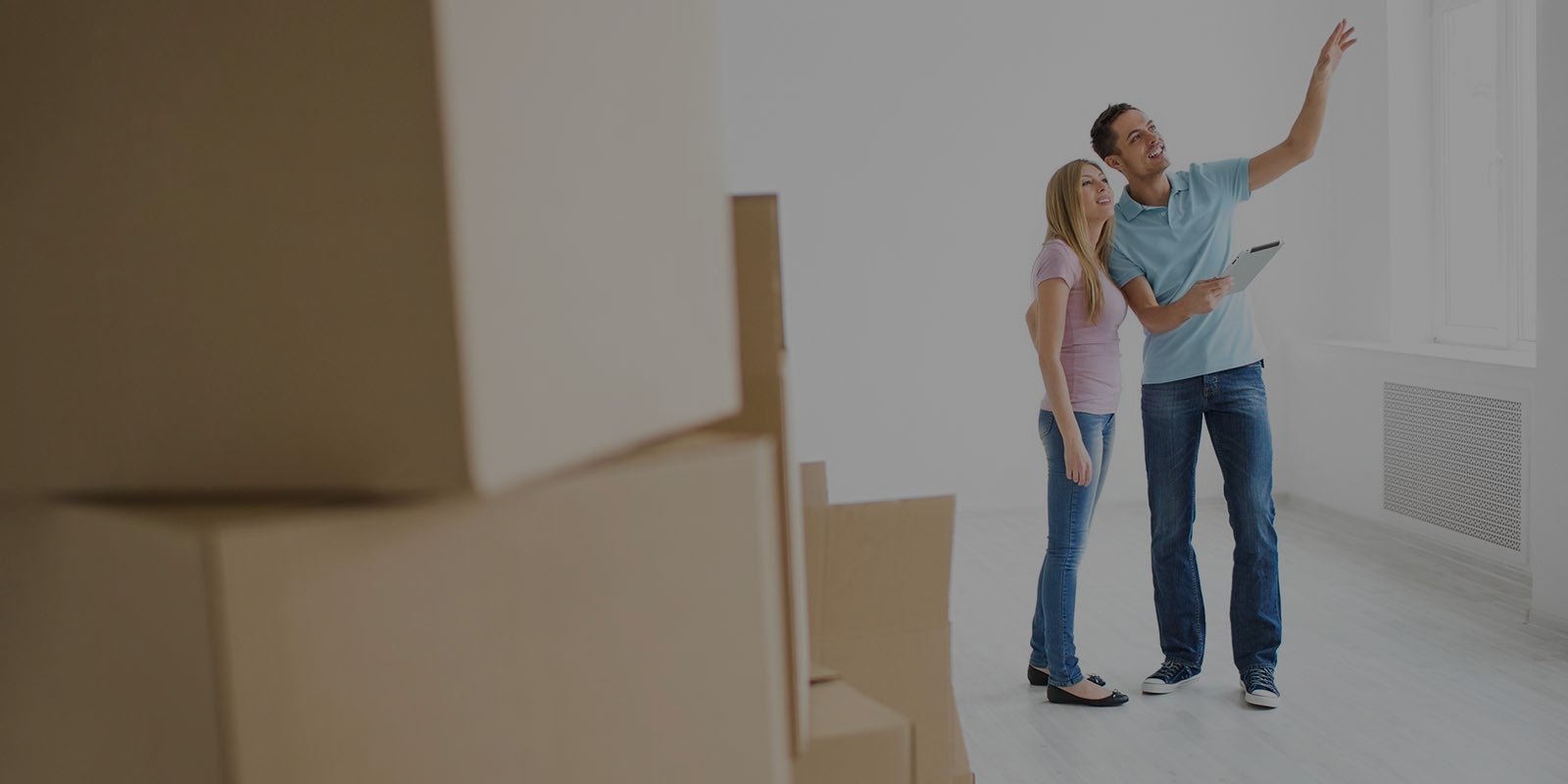Packing Hacks to Ease the Process of Moving House
Posted on 23/06/2025
Moving house is a major life event that can feel overwhelming, but with the right packing strategies, the process can become much more manageable. Whether you're relocating across town or to a new city entirely, clever packing hacks for moving can make the transition smoother, protect your belongings, and save you valuable time.
Why Effective Packing is Crucial for a Smooth Move
Proper packing isn't just about throwing things into boxes. It's about:
- Maximizing space in moving boxes and containers
- Minimizing the risk of damaged or lost items
- Making the unpacking process fast and efficient at your new home
- Organizing your belongings with a clear, practical system
Read on to discover the best packing hacks to ease the process of moving house--from gathering supplies to the first night in your new home.
Packing Preparation: Laying the Groundwork for Success
Start Early and Make a Plan
One of the most effective moving house packing tips is simple: start packing as soon as possible. Ideally, prepare a timeline leading up to moving day. List all the rooms and areas you need to pack and schedule them week by week. Early planning avoids last-minute stress and prevents items from being overlooked.
Purge Before You Pack
Decluttering plays a crucial role in stress-free packing. Moving is the perfect opportunity to sort through your possessions and decide what really needs to come with you. Use these tips:
- Organize items into four categories: keep, donate, sell, discard.
- Hold a garage sale or sell quality items online to lighten your load and earn extra cash.
- Dispose of broken or unnecessary items responsibly.
Remember: Less stuff means fewer boxes and lower moving costs!
Gather the Right Packing Supplies
Before you start packing, collect all necessary materials. This will help you avoid disruptions mid-process. Essential packing supplies for moving house include:
- Sturdy moving boxes in assorted sizes
- Packing tape and dispenser
- Permanent markers and labeling stickers
- Bubble wrap and packing paper (or use towels and linens for padding)
- Stretch wrap for bundling and protecting furniture
- Scissors and box cutters
- Resealable plastic bags for small parts/screws

Packing Hacks for an Easier Move
1. Pack by Room, Not by Item
To simplify both the packing process and the eventual unpacking, tackle one room at a time. Label each box clearly with the room it belongs to and a summary of its contents. This approach:
- Prevents confusion when loading/unloading
- Helps movers (and yourself) place boxes in the right spot quickly
- Makes unpacking orderly and logical
2. Label Everything Strategically
Don't just write "Kitchen" or "Bedroom" on your boxes. Be specific! A sample label might read: "Bedroom - Winter Clothes & Bedding." For fragile items, use bold marker to write "FRAGILE" and indicate which side is up.
- Consider color-coded labels or tape for each room
- Include a brief list of contents on every box
- Number your boxes and keep an inventory list in a notebook or spreadsheet
3. Use the "Nest and Fill" Method
Maximize box space by filling every gap. Use soft items like towels, clothing, or linens as cushioning around breakables. This not only protects your possessions but also reduces the number of boxes you'll need.
- Stuff socks inside shoes
- Wrap glasses with t-shirts or dish towels
- Layer bedding atop delicate items in boxes for extra protection
4. Heavy Items in Small Boxes, Light Items in Large Boxes
The biggest packing mistake people make? Placing heavy items in large boxes, leading to back injuries or box failures.
Rule of thumb: Pack heavy items like books in small boxes, and light items like pillows in large boxes.
5. Keep Hardware and Cords Organized
When disassembling furniture or electronics, place all screws, nuts, and bolts in a resealable plastic bag. Label each bag and tape it to the item itself. For cords and cables:
- Wrap with Velcro or twist ties
- Label with a key tag or masking tape
- Snap a quick photo of the back of electronics for easy reassembly later
6. Take Photos for Easy Set-Up
For items needing assembly, take clear, close-up photos before you take them apart. This visual aid is invaluable when rebuilding beds, bookshelves, or electronics in your new home.
7. Protect Breakables and Prevent Leaks
- Wrap plates vertically (like records) to minimize breakage.
- Fill empty spaces in glassware with paper or bubble wrap.
- For liquids and toiletries, unscrew lids slightly, cover tops with plastic wrap, then screw lids back on before packing upright in sealed bags.
8. Keep Clothes on Hangers
Save time on both ends by bundling several hanging clothes together with garbage bags or wardrobe boxes. Simply slide the bag over grouped hangers and tie at the bottom for easy transport.
9. Use Suitcases and Duffel Bags Wisely
Make the most of your luggage by packing them with heavy or valuable items, such as books, shoes, or jewelry. Many suitcases have reinforced sides and wheels, making them perfect for tough-to-carry possessions.
10. Create an Essentials Box or Bag
Pack a dedicated first-night box with items you'll need immediately upon arrival. Suggestions include:
- Toiletries (toothbrush, toothpaste, soap, towel)
- A change of clothes and pajamas
- Basic kitchenware (plate, mug, utensils)
- Phone charger, medications, and important documents
- Snacks and bottled water
Keep this box with you at all times to avoid frantic searching after a tiring move.
11. Use What You Have
- Reuse shopping bags, baskets, and storage bins as moving containers.
- Line boxes with newspapers or clothing to cushion items.
- Pillowcases and blankets make excellent wraps for fragile pieces.
12. Don't Overpack Boxes
Boxes that are too full can burst or be difficult to move. Aim to keep each box under 50 pounds (22.5 kg) and make sure it can be securely closed and stacked.
13. Stack Boxes Smartly in the Moving Truck
Heaviest boxes should go on the bottom, lighter ones on top. Place fragile or valuable items last, so they are easily accessible and monitored during your move.
Bonus Packing Tips for a Stress-Free Move
Use Apps and Digital Tools
Manage your move efficiently with smartphone moving apps. These can help you keep inventory records, checklists, and reminders all in one place--minimizing the chance of forgotten tasks.
Involve Friends and Family
Moving doesn't have to be a solo endeavor. Enlist helpers for packing and moving day. More hands mean less time spent and more fun--perhaps even turn it into a farewell gathering with snacks and music.
Don't Forget Your Pets and Plants
- Transport pets in their carrier with familiar items (toys/blankets).
- Keep plants in stable containers, water lightly before moving, and avoid extreme temperatures.
Common Packing Mistakes to Avoid
- Leaving packing until the last minute, resulting in chaos and potential damage
- Under-labeling or not labeling boxes at all
- Ignoring special packing needs for valuables or breakables
- Packing without decluttering
- Not creating an essentials box

Moving Day: Final Packing and Load-In Tips
On moving day, keep these hacks in mind:
- Walk through each room to check for overlooked items.
- Take photos of empty rooms for rental deposits/records.
- Keep valuables and important documents within reach, not in the moving truck.
- Communicate clearly with your moving team or helpers.
When unloading, instruct helpers where each box belongs according to your labels or color codes. This saves you from recategorizing later.
Conclusion: Move Smarter, Not Harder
The process of moving house can be daunting, but it doesn't have to be a nightmare. By using these packing hacks and smart moving tips, you'll not only ease the packing process but also set yourself up for a much more enjoyable experience in your new home. Start early, stay organized, and don't be afraid to ask for help. Happy moving!
FAQs About Packing and Moving House Efficiently
- What is the fastest way to pack for moving house?
Declutter first, pack by room, and use specific labels. Enlist friends and tackle one area at a time for maximum speed. - How can I save money when packing for a move?
Utilize household items for packing (towels, linens), get free boxes from local stores, and sell items you no longer need. - How early should I start packing before moving house?
Start at least 4-6 weeks before moving day, beginning with rarely used rooms or seasonal items. - Should I hire professional packers?
If you have limited time or fragile/valuable items, professional packers provide peace of mind and efficiency, but DIY packing with these hacks is budget-friendly and effective.
With these moving house packing techniques, your relocation will be more organized, less stressful, and far more efficient. Safe travels to your new home!

_result.jpg)





